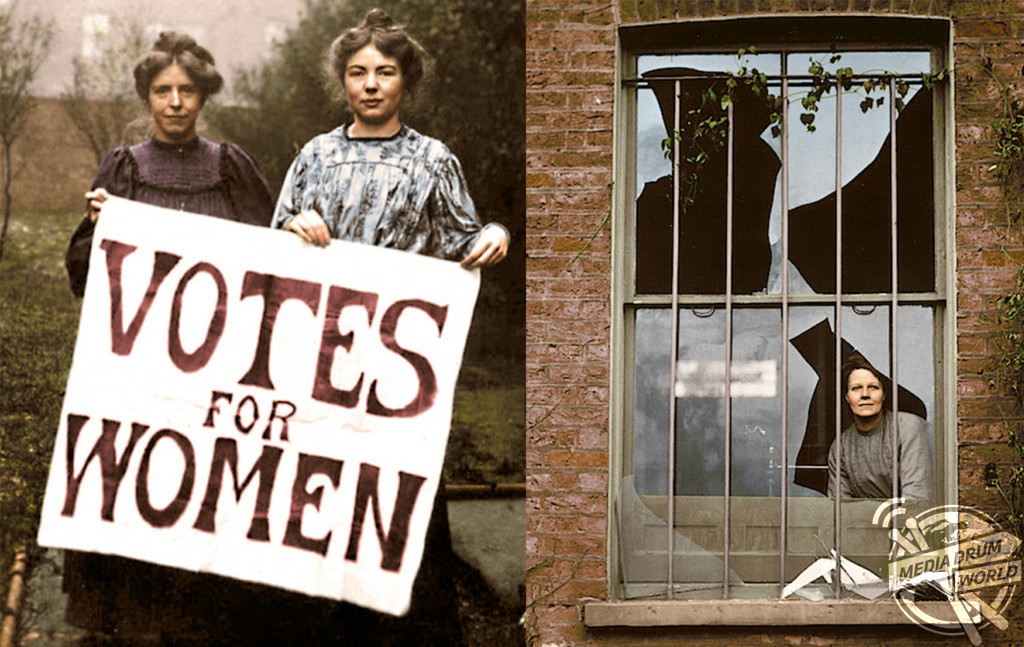By Mark McConville
INCREDIBLE colourised images have revealed the struggle of gaining women’s voting rights in Britain, on the 100th anniversary of the Representation of the People Act 1918.
This Act, which was passed on Tuesday 6th February 1918, granted voting rights to women over the age of 30.
These women only received the vote if they were either a member of, or married to a member of, the Local Government Register, a property owner, or a graduate voting in a University constituency so it was only 40 per cent of women who were able to vote in 1918, but it was a start.
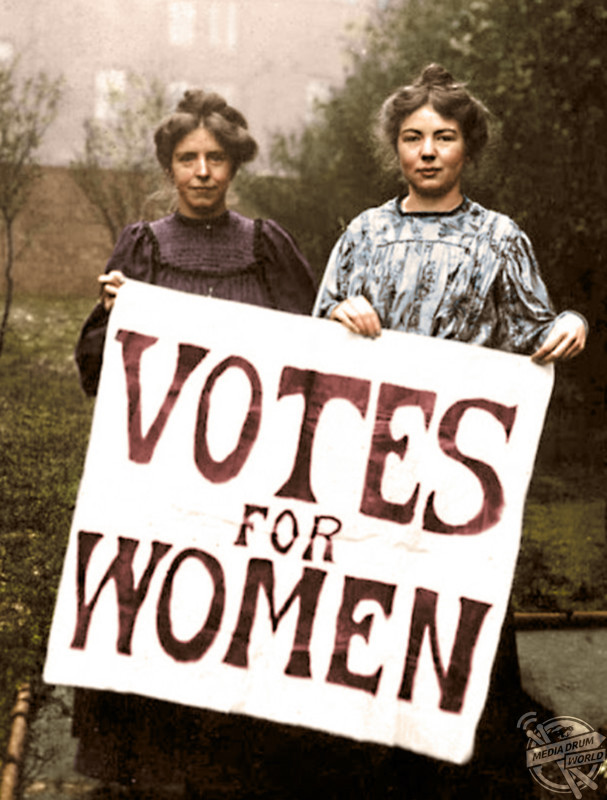
Ten years later, the age limit was lowered and the law finally ensured that when it came to voting, women had the same rights as men.
The original black and white photographs were painstakingly colourised by British professional photo colouriser and restorer Tom Marshall, from PhotograFix.
“As a photo colouriser and lover of history, I wanted to mark this anniversary by bringing some life into the photos of the women who helped to break down society divisions,” he said.
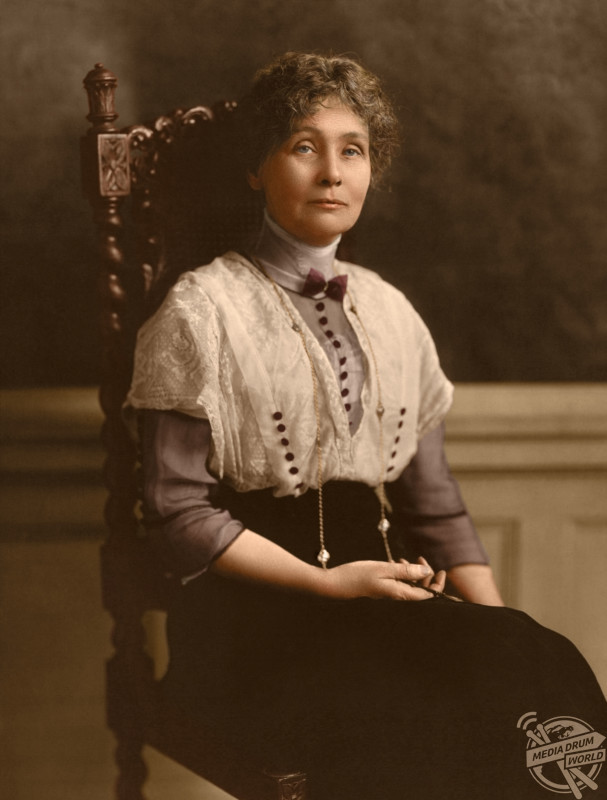
“I have always been a feminist, and it still baffles me that in 2018 we still don’t have full equality between men and women.
“We have however come a long way in the past 100 years, and I’ve colourised these photos from the early 20th century to show how much of a struggle it was for the women then to get where they are today.”
Later this year a statue will be unveiled of Millicent Fawcett, the President of the National Union of Women’s Suffrage Societies, in London’s Parliament Square.
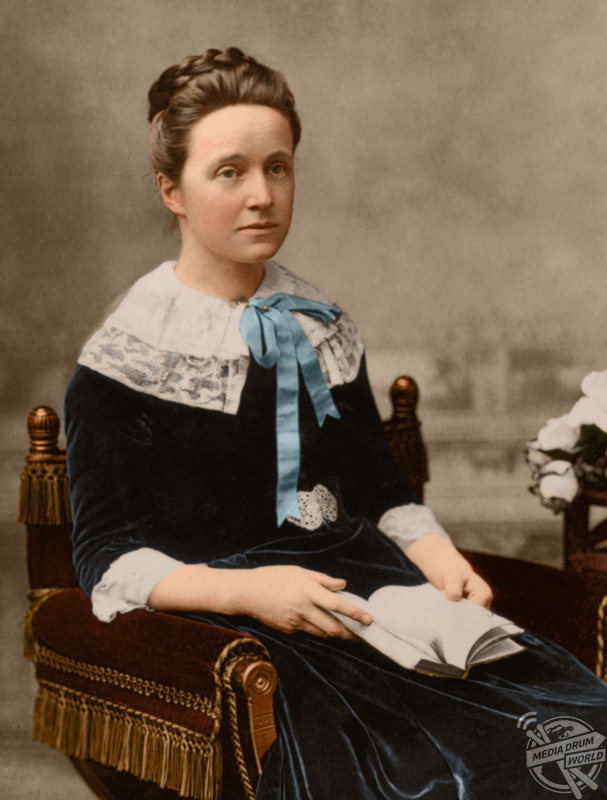
A ‘suffragist’ rather than a ‘suffragette’, Fawcett believed in peaceful protest, wrote thousands of letters and campaigned tirelessly for the rights of women throughout her life.
The suffragist campaigners began by holding public meetings, seeking newspaper coverage and publishing pamphlets and magazines to spread their message. By the 1900s they had gathered thousands of members throughout Britain.
Fawcett concentrated much of her energy on the struggle to improve women’s opportunities for higher education and in 1875 co-founded Newnham College, Cambridge, one of the first Cambridge colleges to admit women.

As president of the NUWSS, she aimed to achieve women’s suffrage through peaceful and legal means, in particular by introducing Parliamentary Bills and holding meetings to explain and promote the society’s aims.
However there were members of the society who believed in a more militant approach to campaigning. In 1903, Emmeline Pankhurst split from the NUWSS and founded the Women’s Social and Political Union (WSPU), later more commonly known as the suffragettes. Their motto was ‘deeds, not words’.
“The suffragettes are arguably better remembered today than the suffragists, because essentially this was their aim, to make the newspaper headlines, and to garner as much public attention and support for their cause as possible,” added Tom.
“One hundred years ago men believed themselves to be the superior sex (some might still consider this to be the case) and there was a fear that if women got the vote, they’d stop getting married, having children, and that the British race would die out.
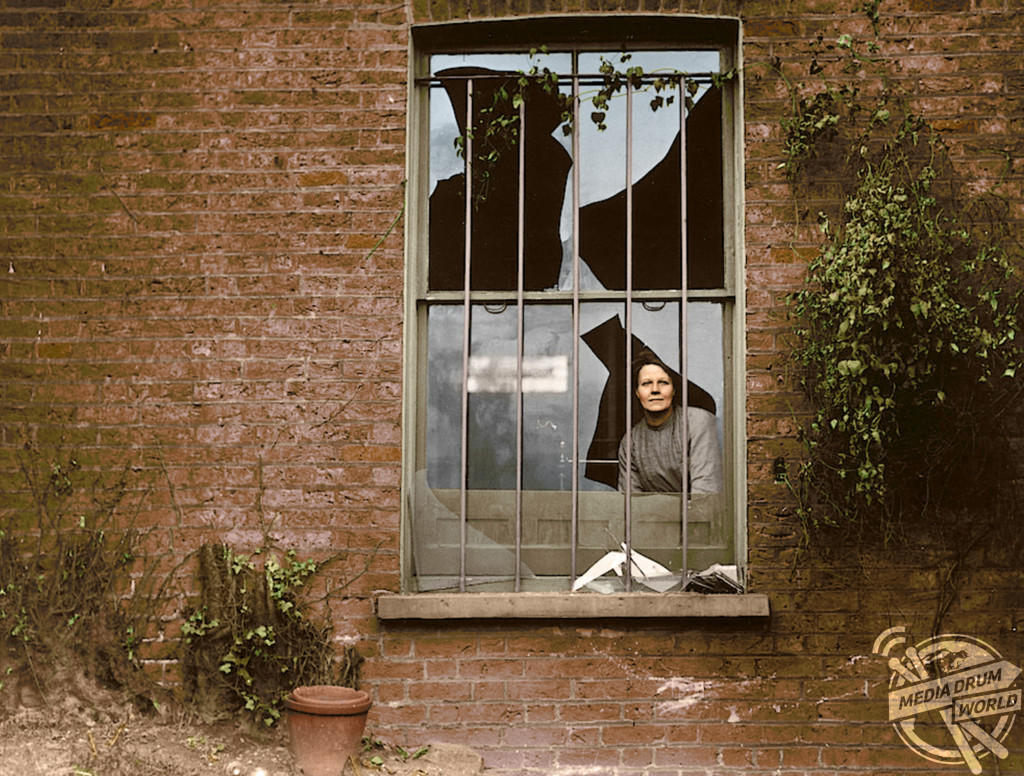
“From the mid 19th century, women started to fight their corner. Pioneers such as Millicent Fawcett had started the conversation, it was up to the suffragettes to get the politicians to take notice.
“The suffragettes campaigned in a much more militant fashion, smashing windows, chaining themselves to the railings outside parliament, arson and damage to property.
“The levels of protest varied; some suffragettes used toffee hammers to smash windows, some burned down churches and letter bombed pillar boxes. Their deeds didn’t always help their campaign, but they did give much needed publicity to the cause, and kept the issue of women’s equality in the newspaper headlines.”
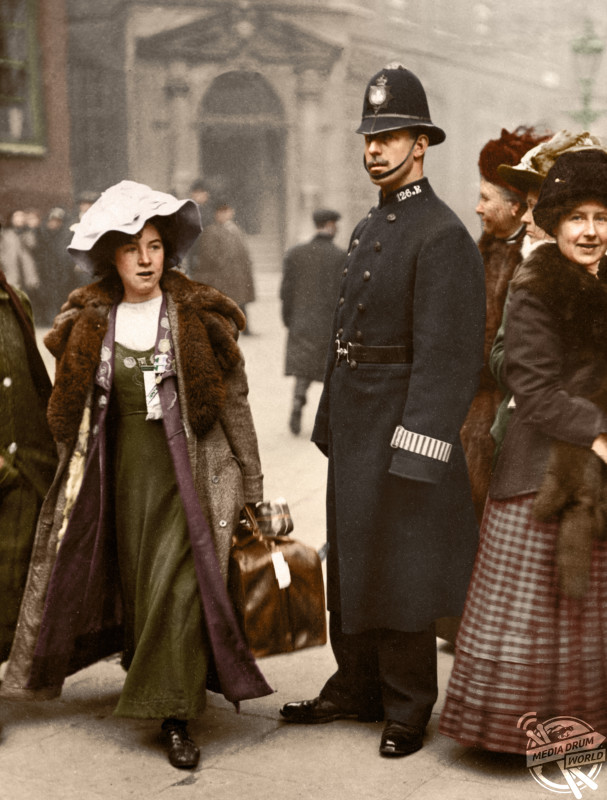
More than 1000 women were arrested over the course of their campaign. Never before had so many women been imprisoned for a political cause. The women demanded to be given the status of political prisoners, and when the government refused, they went on hunger strike.
The government’s response was to force feed the prisoners, with a funnel and tube pushed down into their stomachs.
The First World War was a turning point in the history of women’s suffrage. The WSPU called an immediate halt to their suffrage activism in support of the British government’s war effort. Emmeline Pankhurst believed that the danger posed during the First World War by what she called the “German Peril” outweighed the need for women’s suffrage.
Unlike the Pankhursts, Milicent Fawcett’s NUWSS did not cease their activities at the outbreak of war. Less militant and containing many more pacifists, support for the war was weaker. While Fawcett was not a pacifist, she risked dividing the organisation if she ordered a halt to the campaign.
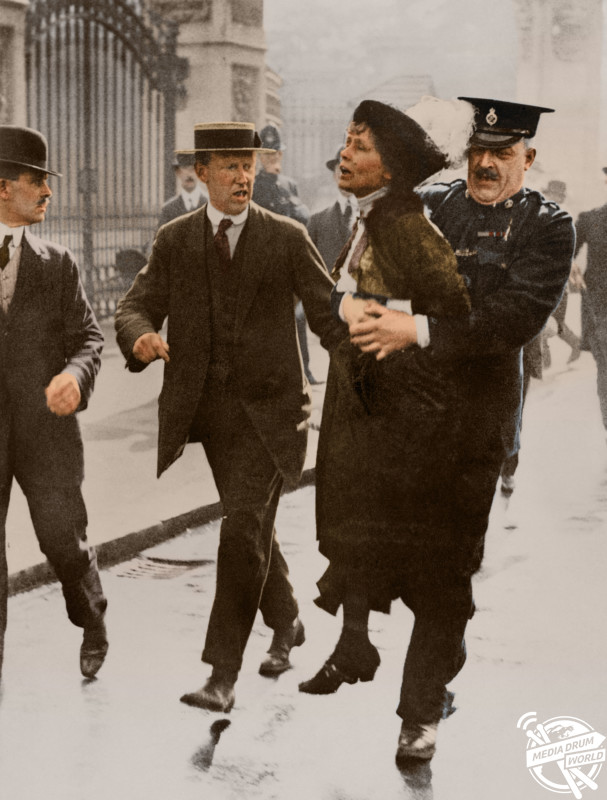
The NUWSS continued to campaign for the vote during the war, and used the situation to their advantage by pointing out the contribution women had made to the war effort in their campaigns. During the war more than a million women worked in the munitions factories alone.
Women’s employment rates rose from 23.6% of the working age population in 1914 to between 37.7% and 46.7% in 1918.
“Historians will always debate the reasons behind women getting the vote,” said Tom.
“The suffragists and the suffragettes each had their methods of protest and some were more effective than others. The suffragettes will undoubtedly be remembered for their deeds, but equally the suffragists tireless campaigning played a major role in the political shift.
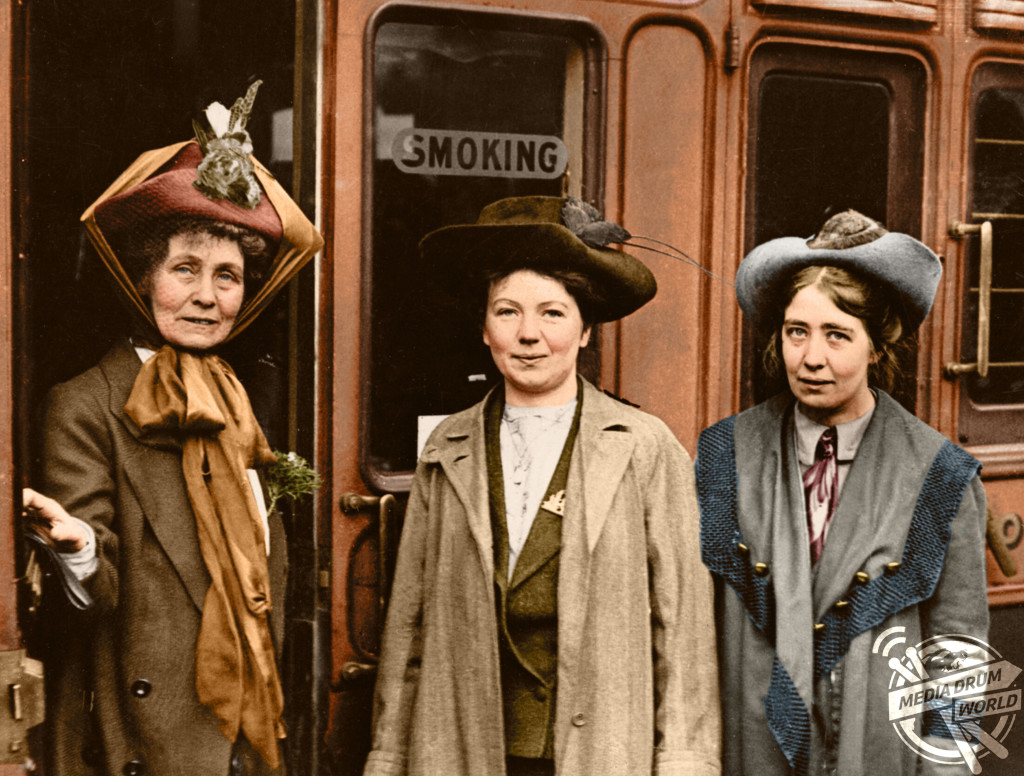
“It’s 2018, and the gap between men’s and women’s rights has narrowed, but full equal rights still don’t yet exist. Hopefully it won’t take another 100 years.”
Striking images like these are featured in British author Michael D. Carroll’s new book, Retrographic on the colourisation of historical images. It is available on Amazon now for £16.85.
For more information visit: https://www.amazon.co.uk/Retrographic-Historys-Exciting-Images-Transformed/dp/1908211504

